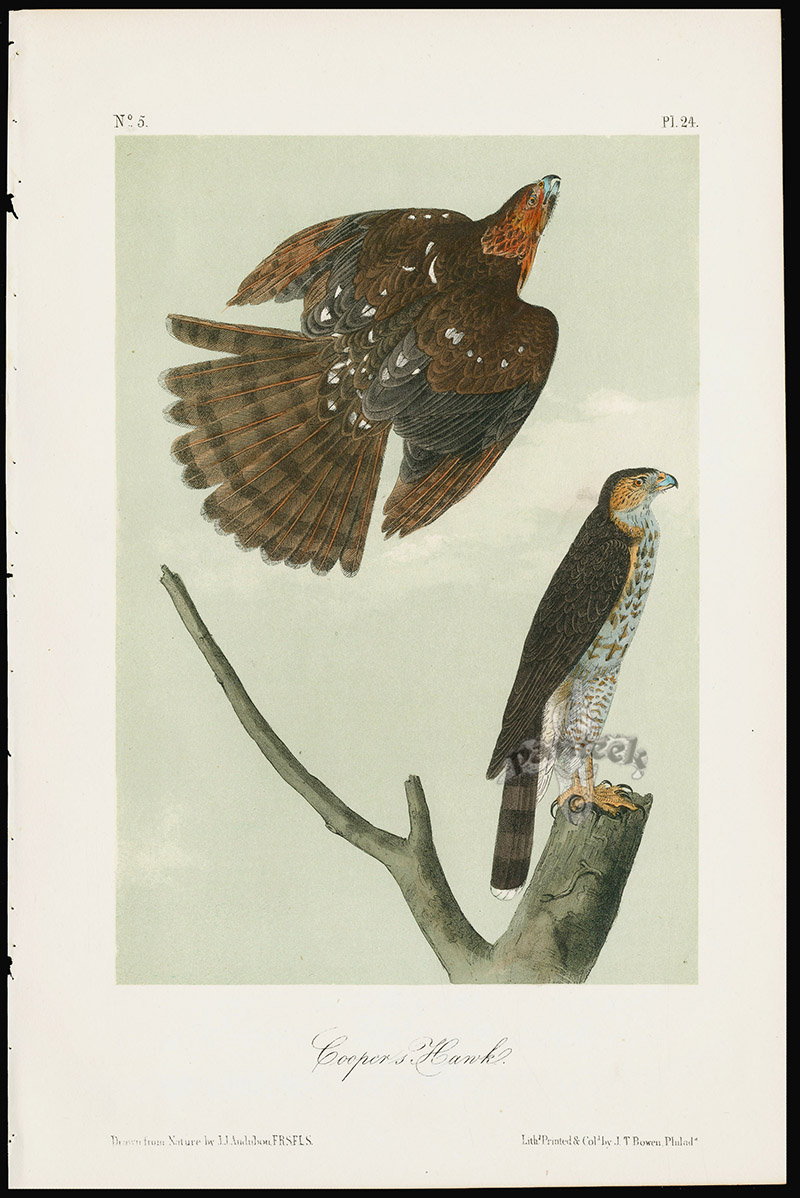Very cold, windy day. The crust of the slight snow covered in some woods with the scales (bird-shaped) of the birch, and their seeds.
Loring's Pond beautifully frozen. So polished a surface, I mistook many parts of it for water. Cracked into large squares like the faces of a reflector, it was so exquisitely polished that the sky and scudding dun-colored clouds, with mother-o'-pearl tints, were reflected in it as in the calmest water. I slid over it with a little misgiving, mistaking the ice before me for water. This is the first skating.
Still the little ruby-crowned birds about.
This is the first skating. See December 6, 1854 ("I see thick ice and boys skating all the way to Providence, but know not when it froze, I have been so busy writing my lecture."); December 6, 1856 ("Skating is fairly begun. The river is generally frozen over, though it will bear quite across in very few places."); December 7, 1856 ("Take my first skate to Fair Haven Pond. “); December 14. 1851 ("The boys have been skating for a week, but I have had no time to skate for surveying. I have hardly realized that there was ice, though I have walked over it about this business."); December 19, 1854 ("Skated a half-mile up Assabet and then to foot of Fair Haven Hill. This is the first tolerable skating.”)
H. D. Thoreau, Journal, December 18, 1852
Snow covered in some woods with the scales (bird-shaped) of the birch . See December 4, 1854 (“Already the bird-like birch scales dot the snow. ”); December 30, 1855 (“For a few days I have noticed the snow sprinkled with alder and birch scales.”); December 4, 1856 (“I see where the pretty brown bird-like birch scales and winged seeds have been blown into the numerous hollows of the thin crusted snow.”)
Loring's Pond beautifully frozen. See December 14, 1850 ("I walk on Loring's Pond to three or four islands there which I have never visited.")
Snow covered in some woods with the scales (bird-shaped) of the birch . See December 4, 1854 (“Already the bird-like birch scales dot the snow. ”); December 30, 1855 (“For a few days I have noticed the snow sprinkled with alder and birch scales.”); December 4, 1856 (“I see where the pretty brown bird-like birch scales and winged seeds have been blown into the numerous hollows of the thin crusted snow.”)
Loring's Pond beautifully frozen. See December 14, 1850 ("I walk on Loring's Pond to three or four islands there which I have never visited.")
This is the first skating. See December 6, 1854 ("I see thick ice and boys skating all the way to Providence, but know not when it froze, I have been so busy writing my lecture."); December 6, 1856 ("Skating is fairly begun. The river is generally frozen over, though it will bear quite across in very few places."); December 7, 1856 ("Take my first skate to Fair Haven Pond. “); December 14. 1851 ("The boys have been skating for a week, but I have had no time to skate for surveying. I have hardly realized that there was ice, though I have walked over it about this business."); December 19, 1854 ("Skated a half-mile up Assabet and then to foot of Fair Haven Hill. This is the first tolerable skating.”)
Still the little ruby-crowned birds about. The Lesser Redpoll, Fringilla linaria. See November 13, 1852 ("Saw a flock of little passenger birds by Walden, busily pecking at the white birch catkins; about the size of a chickadee; distinct white bar on wings; most with dark pencilled breast, some with whitish ; forked tail ; bright chestnut or crimson (?) frontlet; yellowish shoulders or sack. When startled, they went off with a jingling sound somewhat like emptying a bag of coin. Is it the yellow redpoll? ");November 21, 1852 ("The commonest bird I see and hear nowadays is that little red crowned or fronted bird I described the 13th. I hear now more music from them. They have a mewing note which reminds me of a canary-bird. They make very good forerunners of winter. Is it not the ruby-crowned wren?"); December 2, 1852 ("the ruby-crowned wren (?) flies and mews over."); December 9, 1852 ("Those little ruby-crowned wrens (?) 1 still about. They suddenly dash away from this side to that in flocks, with a tumultuous note, half jingle, half rattle, like nuts shaken in a bag, or a bushel of nutshells, soon returning to the tree they had forsaken on some alarm. They are oftenest seen on the white birch, apparently feeding on its seeds, scattering the scales about."); January 2, 1853 ("Brown thinks my ruby wren may be the lesser redpoll linnet."); March 5, 1853 (“They have a sharp bill, black legs and claws, and a bright-crimson crown or frontlet, in the male reaching to the base of the bill, with, in his case, a delicate rose or carmine on the breast and rump. Though this is described by Nuttall as an occasional visitor in the winter, it has been the prevailing bird here this winter. ”) See also A Book of the Seasons, by Henry Thoreau, The Lesser Redpoll







